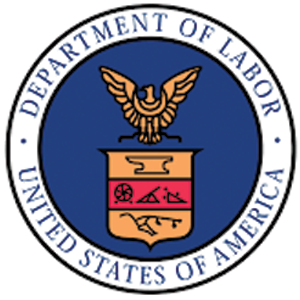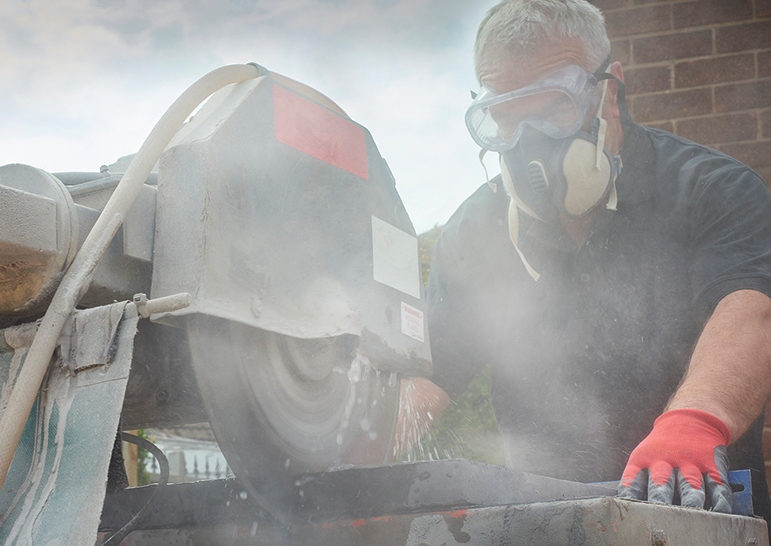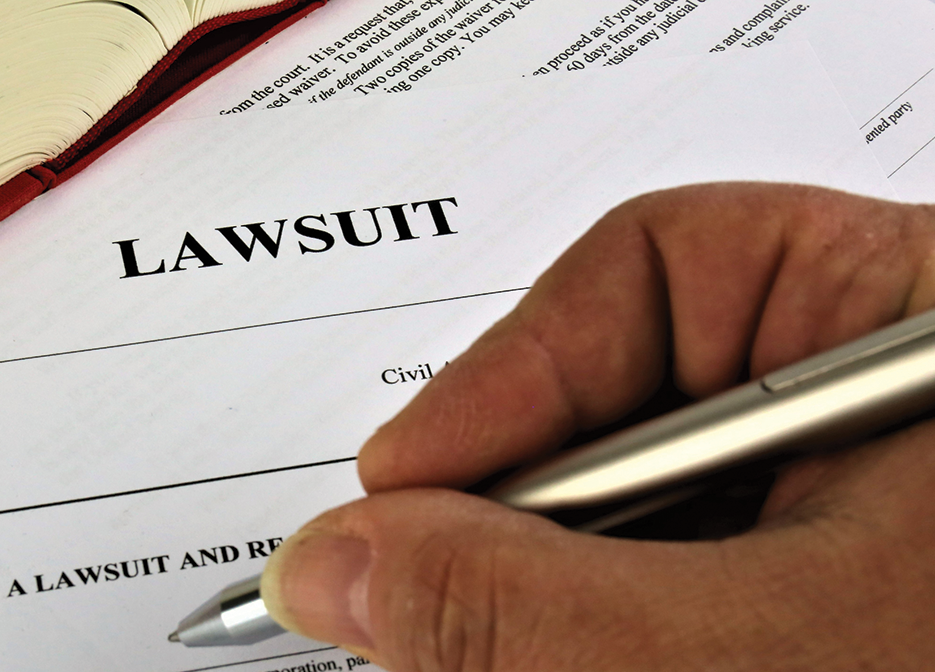DOL issues telework tracking guidance

|
The Department of Labor’s Wage and Hour Division has issued a new field assistance bulletin offering guidance regarding employers’ obligation to track the number of compensable hours worked by teleworking employees. The guidance comes as many employees continue working from home because of the COVID-19 pandemic.
In a remote work arrangement, the question of an employer’s obligation to track hours actually worked for which an employee was not scheduled may arise. The bulletin reaffirms an employer must pay its employees for all hours worked, including work not requested but allowed and work performed at home. Confusion regarding when an employer “has reason to believe that work is being performed” may be intensified by the surge of telework and remote work arrangements since DOL last issued an interpretation of these rules in 1961.
The bulletin is available at dol.gov/sites/dolgov/files/WHD/legacy/files/fab_2020_5.pdf.
OSHA, NAHB and ABC reach settlement regarding beryllium

|
The Occupational Safety and Health Administration recently reached a settlement with the National Association of Home Builders and Associated Builders and Contractors Inc. acknowledging trace amounts of beryllium in common construction building materials are not deemed a hazard for most construction work.
The resolution of the lawsuit against OSHA ends a dispute that began in 2017 regarding whether homebuilders and commercial contractors must evaluate the danger beryllium dust poses to workers performing tasks such as cutting bricks or excavation. Workers cutting and milling beryllium can be exposed to airborne beryllium particles, which increases the risk of lung disease.
When OSHA decided to regulate beryllium exposure at factories, it extended protections to construction workers, who could be exposed to beryllium when using grit to sandblast surfaces or when working in factories where beryllium is used. However, NAHB and ABC were concerned OSHA would expect their members to test for beryllium exposure in other types of construction because there could be small amounts of beryllium in bricks, concrete blocks and soil.
The settlement requires employers to comply with the beryllium standard when a construction job site contains high levels of beryllium, such as at a beryllium manufacturing facility. OSHA agreed to add a frequently asked question and answer to its guidance documents acknowledging beryllium is not a likely hazard for workers performing common construction tasks. The only exception would be for work in extremely dusty conditions, and in those cases, employers already would be expected to protect workers from silica dust.
OSHA revises policy for releasing workplace safety citations
The Occupational Safety and Health Administration has changed its policy, and inspectors’ workplace safety citations for employers no longer are immediately available to the public on request. The policy change comes as the agency prepares to release citations stemming from COVID-19-related inspections.
OSHA now requires a request be submitted under the Freedom of Information Act, a federal law that covers release of public documents. Such requests often take months before they are fulfilled and can lead to litigation before documents are produced. Previously, OSHA had included links to citations in press releases or provided them upon simple request.
Workplace safety citations provide detailed explanations of alleged hazards inspectors documented during inspections, as well as information about what inspectors believed happened if an accident occurred. OSHA has six months to issue a citation against a company.
OSHA continues to post inspection summaries on its website, osha.gov, which include regulations inspectors determined were violated and proposed fines for each violation but are not as detailed as citation reports.
Ohio bill protects employers from civil lawsuits

|
On Sept. 14, Ohio Gov. Mike DeWine signed House Bill 606 into law, providing civil immunity to essential workers and employers who unknowingly spread COVID-19 in the workplace.
The bill states: “No civil action for damages for injury, death, or loss to person or property shall be brought against any person if the cause of action on which the civil action is based, in whole or in part, is that the injury, death, or loss to person or property is caused by the exposure to, or the transmission or contraction of, MERS-CoV, SARS-CoV, or SARS-CoV-2, or any mutation thereof, unless it is established that the exposure to, or the transmission or contraction of, any of those viruses or mutations was by reckless conduct or intentional misconduct or willful or wanton misconduct on the part of the person against whom the action is brought.”
Ohio Senate President Larry Obhof says the bill is a significant step in protecting schools, health care providers and small businesses.
“Ohio’s small businesses and schools are working hard to reopen, bring back employees, and safely welcome their customers and students,” Obhof says. “This legislation helps provide the peace of mind they need to reopen as we work together to rebuild Ohio’s economy.”
Obhof says the bill protects against frivolous lawsuits that allege exposure to COVID-19 on the entity’s premises unless it is found the business owner, school or provider acted with reckless intentional misconduct to spread the virus.
The protections under the bill are retroactive to March 9—the date of the declared state of emergency in Ohio—and will continue through Sept. 30, 2021.
DOL proposes independent contractor test revision
On Sept. 22, the Department of Labor proposed a federal independent contractor rule revising its interpretation of the Fair Labor Standards Act’s classification to “bring clarity and consistency” regarding how employers decide who is an independent contractor and who is an employee.
The proposed regulation includes an “economic reality” test to help determine whether individuals are in business for themselves or economically reliant on their employers. Part of the test includes two factors—whether a person has the opportunity for business profit or loss and to what degree he or she controls the work performed. Other factors to be used as “guideposts” include the level of skill required to perform the job; the worker-employer relationship; and whether the work is “part of an integrated unit of production.”
The rule gives some flexibility to employers, allowing them to consider a work relationship’s “actual practice” rather than what is contractually or theoretically possible. The DOL’s Wage and Hour Division Administrator Cheryl Stanton said in a press statement the new federal guidelines should help reduce worker misclassification.
The classification of workers as independent contractors or employees is a well-known issue in the construction industry; some unscrupulous employers use the independent contractor status for individuals who should be classified as employees to avoid providing overtime pay, workers’ compensation coverage and other benefits.
Whether a federal independent contractor rule will affect construction contractors largely depends on the state in which they operate, Joshua Holt, attorney with Washington, D.C.-based Smith, Currie and Hancock LLP, told constructiondive.com. States can enact stricter measures for what constitutes an independent contractor.
Holt recommended all contractors “know your state [law] and err on the side of following the stricter of the two.”
At press time, DOL’s proposal was undergoing a 30-day public comment period after its publication in the Federal Register.



